Physical Rehabilitation Programme: Annual Report 2013
Physical rehabilitation is an important part of the rehabilitation process. It is not an objective in itself but an essential part of fully integrating people with disabilities in society. …
Physical rehabilitation is an important part of the rehabilitation process. It is not an objective in itself but an essential part of fully integrating people with disabilities in society. …
… back to top There were simply no more jobs – none at all. Everything just stopped. …
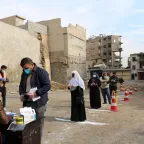
… details from individuals in exchange for aid, jobs, or other services. If you receive a …

… only being based on cost-savings, the loss of jobs and the foreseen changes not reflecting …

In the heart of Myanmar's Kayin State, the Hpa-An Orthopaedic Rehabilitation Centre (HORC) has been serving the community since it was set up in 2003. Run by the Myanmar Red Cross Society (MRCS) with …
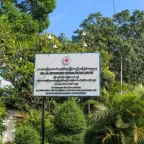
… labour market, with more people competing for jobs and livelihoods. However, such an influx …
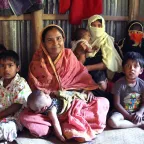
ICRC delegates are deployed all over the world to contribute to the organization's mandate and mission of ensuring humanitarian protection and assistance for victims of armed conflict and other …
The ICRC works in many war-affected countries to prevent and mitigate the effects of weapon contamination. Its activities include operating its own programmes to identify hazards, assess risks and …
3 December is the International Day of Persons with Disabilities. In the countries where we are working, people with disabilities are often among those who suffer the greatest hardship. This is …
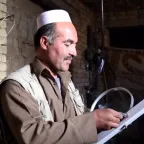
Astan Agrba, Sukhum/i “As an archaeologist I have gained invaluable practical experience with the ICRC in exhuming human remains. The process includes searching for potential burial sites, proper …
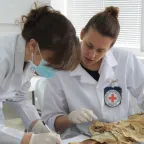
Try one of the following resources:
Created in 1863, the ICRC library, alongside the ICRC archives, provides an indispensable documentary reference on the organization itself and international humanitarian law.
International humanitarian law is based on a number of treaties, in particular the Geneva Conventions of 1949 and their Additional Protocols, and a series of other instruments.
Customary international humanitarian law consists of rules that come from "a general practice accepted as law" and that exist independent of treaty law.